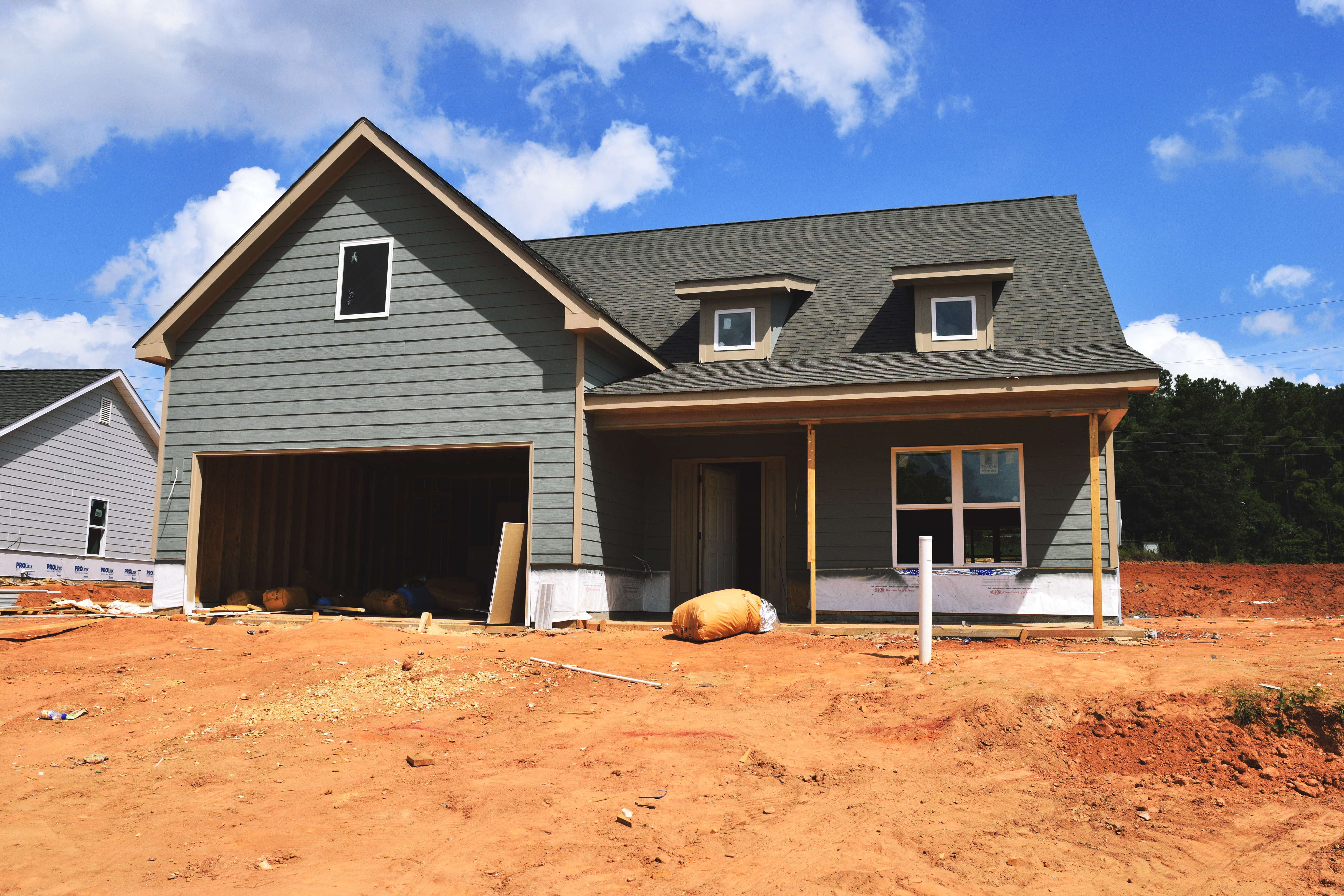Manufacturing Expenses
페이지 정보
작성자 Veola 작성일 25-07-18 23:34 조회 39 댓글 0본문
 The price of producing alloys is influenced by a variety of conditions that play a significant role in the final product's cost. Understanding these elements is crucial for suppliers as it can help them make informed decisions. In this article, we will discuss some of the key conditions that influence the expense of alloy production.
The price of producing alloys is influenced by a variety of conditions that play a significant role in the final product's cost. Understanding these elements is crucial for suppliers as it can help them make informed decisions. In this article, we will discuss some of the key conditions that influence the expense of alloy production.One of the vital factors that influence the cost of alloy production is the type and quantity of raw materials used. The price of raw materials can fluctuate depending on economic demand, location location, and availability. For example, the cost of copper, one of the most commonly used alloying metals, can increase or fall based on demand and supply in the market environment. Manufacturers must ensure they source raw materials from credible suppliers who can provide good materials at favorable rates.
Another critical condition that influences the expense of alloy production is the cost of production processes and equipment. Advanced production facilities with top-of-the-line equipment not only enhance the productivity and excellence of the final product but also boost the production costs. In contrast, manufacturers using older or temporary equipment may be able to produce alloys at a reduced expense but may sacrifice on quality and productivity.
The expertise level and labor costs of production staff also play a significant role in determining the final expense of alloy production. Highly experienced production staff can improve the performance and excellence of the production process, but their training and earnings can substantially impact the overall price. In contrast, unskilled or untrained production staff may require additional supervision and training, increasing the cost of production.
Economic demand and competition also have a significant impact on the cost of alloy production. When demand for a particular alloy is great, manufacturers may be able to increase their prices due to the limited availability of the material. Conversely, manufacturers operating in a highly competitive economic may be forced to reduce their costs to gain a reasonable benefit.
Additionally, ecological conditions, regulatory compliance, and excellence control also contribute to the overall expense of alloy production. Manufacturers must adhere to government regulations, conservation standards, and quality control measures that can raise production costs. The expense of raw materials, equipment, and labor may be reimbursed by the good of producing high-quality, environmentally friendly alloys that comply with industry standards.
Finally, transportation and management prices, particularly for heavy or overweight raw materials, https://news-life.pro/moscow/406461826/ can also significantly influence the cost of alloy production. Manufacturers that source raw materials from distant locations or those with complex moving networks may face higher costs due to transportation, storage, and handling.
In summary, the expense of alloy production is influenced by a variety of elements that can make or break a manufacturer's competitiveness in the market. Understanding and regulating these conditions is essential for producing high-quality, practical alloys that meet industry standards and consumer demands.
- 이전글 The Future of Material Engineering
- 다음글 The 12 Worst Types Keyless Entry Battery Replacement People You Follow On Twitter
댓글목록 0
등록된 댓글이 없습니다.
